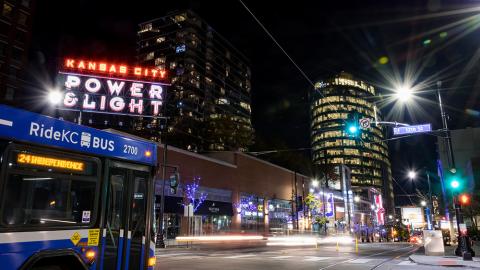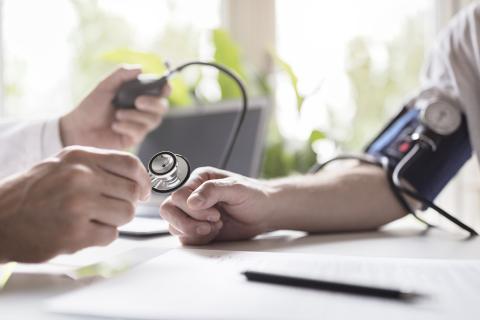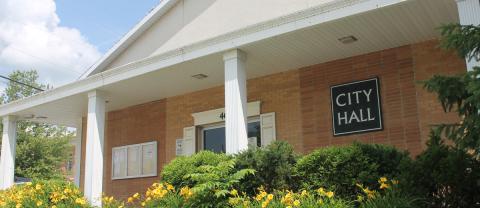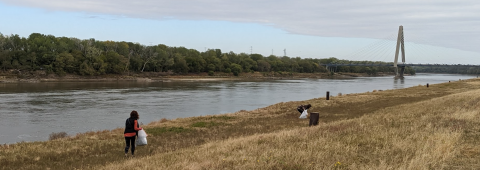The MetroGreen Action Plan provides a green print for a metropolitan trails system that connects urban and rural green corridors throughout seven counties in the Kansas City region. Completed in 2001, the plan was designed to protect and improve water quality in the region for the next 100 years, conserving and enhancing the region's existing natural elements. Above all, MetroGreen exists to ensure that area residents continue to enjoy a high quality of life.
MetroGreen sets out to preserve and protect stream corridors by helping to use floodplain lands to absorb floodwaters, thus reducing economic loss. The clean water component of MetroGreen supports the biological diversity of streams, rivers and lakes through:
- Specifying waterways to be used for recreational purposes.
- Offering watershed strategies for flood control and for protecting natural stream corridors.
- Recommending local adoption of streamside buffer zones.
- Restoring native habitat for indigenous plants and animals.
MetroGreen aims to provide off-road corridors that connect to form an alternative transportation network. It promotes nonmotorized travel options and expands nonmotorized routes, linking destinations including home, school and work. Green corridors for walking and biking enhance other public health initiatives by broadening opportunities for area residents to lead healthy lifestyles.
Heading into its 20th year, MetroGreen continues to serve as an incremental guidepost to create and preserve green spaces for residents to experience the beauty of our region's natural landscapes.






